Discover Earth’s geothermal wonders—where hot springs, geysers, and volcanic valleys create unforgettable travel experiences steeped in nature’s raw power.
Beneath the Earth’s surface lies a world of fiery energy, where steaming geysers, bubbling mud pools, and mineral-rich hot springs paint a surreal landscape. Geothermal wonders—powered by the planet’s internal heat—offer travellers a rare blend of adventure, relaxation, and scientific fascination. From Iceland’s ethereal Blue Lagoon to New Zealand’s volcanic valleys, these sites are more than scenic backdrops; they’re gateways to understanding Earth’s dynamic forces while enjoying sustainable tourism.
For those seeking unique destinations, geothermal hotspots provide unforgettable experiences. Whether soaking in therapeutic waters, hiking through steam-filled craters, or witnessing geysers erupt against a dawn sky, these natural wonders cater to thrill-seekers and wellness enthusiasts alike. This article explores the world’s most captivating geothermal attractions, their cultural significance, and how they’re shaping the future of eco-friendly travel.
Geothermal energy: A primer
The Earth’s core generates immense heat, manifesting at the surface through geothermal phenomena. This energy isn’t just a spectacle; it’s harnessed for electricity, heating, and even agriculture. Countries like Iceland and Kenya now derive over 30% of their power from geothermal sources, proving its viability as a renewable alternative to fossil fuels.
Key benefits of geothermal energy:
- Sustainability: Unlike finite resources, Earth’s heat is inexhaustible.
- Low emissions: Geothermal plants emit 90% less CO₂ than coal plants.
- Versatility: Used for spas, greenhouses, and district heating systems.
Must-visit geothermal destinations
Exploring geothermal wonders offers a front-row seat to nature’s most dramatic performances—where bubbling mud pots erupt like primordial paint pots, turquoise hot springs steam under open skies, and geysers shoot boiling water skyward with clockwork precision. These destinations don’t just dazzle; they tell the story of our planet’s fiery heart. Here are the world’s most extraordinary geothermal regions and how to experience them like a pro.
1. Iceland: The land of fire and ice
Iceland is often considered the geothermal capital of the world, thanks to its volcanic activity and the abundance of geothermal sites throughout the country. The island’s capital, Reykjavik, is known for utilizing geothermal energy for both heating and electricity.
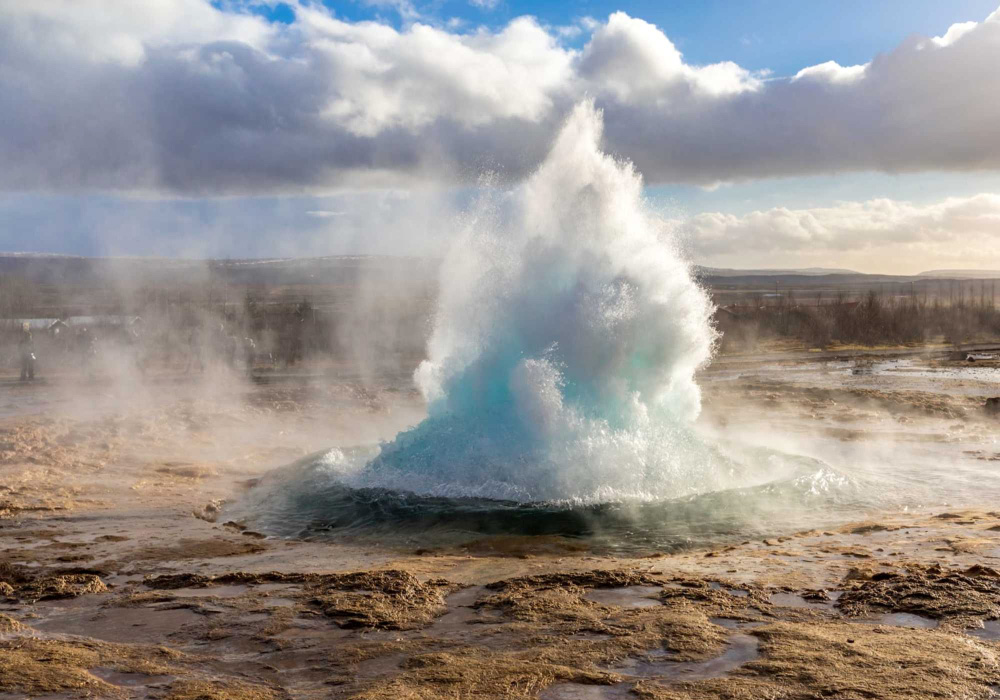
Key attractions include:
- Blue Lagoon: Soak in milky-blue, silica-rich waters while surrounded by moss-covered lava fields. Book at sunrise for fewer crowds.
- Geyser geothermal field: Watch Strokkur erupt every 6–10 minutes, hurling water 100 feet into the air.
- Hellisheiði power plant: A cutting-edge facility offering eco-tours. Take a behind-the-scenes tour of Iceland’s largest geothermal facility, where steam vents hiss like dragons.
- Landmannalaugar: Hike rhyolite mountains striped with geothermal colours, then relax in natural hot rivers.
Travel tip: Visit in winter to soak under the Northern Lights.
2. Rotorua, New Zealand: A Maori cultural hub
Rotorua, located in New Zealand's Taupo Volcanic Zone, is famous for its geothermal activity. The region boasts an array of geothermal features, including mud pools, geysers, and hot springs, making it a prime destination for geothermal tourism.
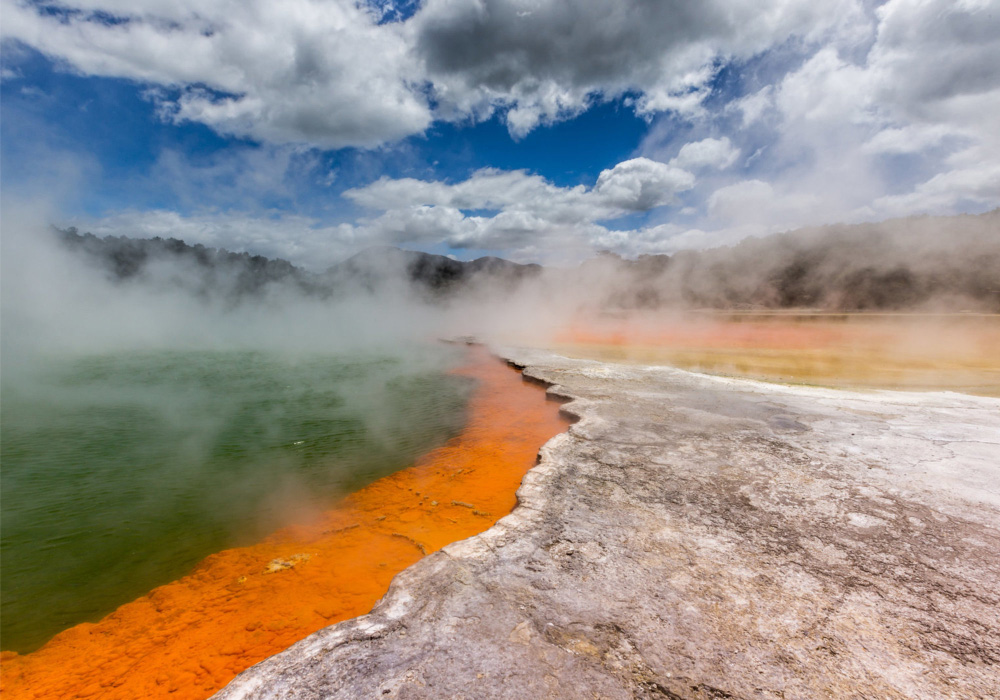
Key geothermal attractions in Rotorua include:
- Te Puia: See the Pohutu Geyser (erupting up to 20 times daily) and traditional Māori carvings.
- Wai-O-Tapu: Walk past the neon-green Devil’s Bath and the effervescent Champagne Pool, its edges crusted with orange minerals.
- Polynesian spa: Soak in alkaline lakeside springs with panoramic views, rated among the world’s top 10 spas by Conde Nast Traveller.
- Hell’s Gate: Trek through steaming cliffs and bathe in mud pools sacred to the Māori.
Did you know? Rotorua’s geothermal heat slow-cooks traditional hangi feasts underground—a 700-year-old tradition.
3. The Ring of Fire: Pacific volcanic hotspots
The Ring of Fire is a region encircling the Pacific Ocean, famous for its seismic and volcanic activity. Countries like Japan, the Philippines, and New Zealand are part of this geologically active area, offering some of the most impressive geothermal sites. This seismic belt spans 25,000 miles.
Prominent geothermal attractions in the Ring of Fire include:
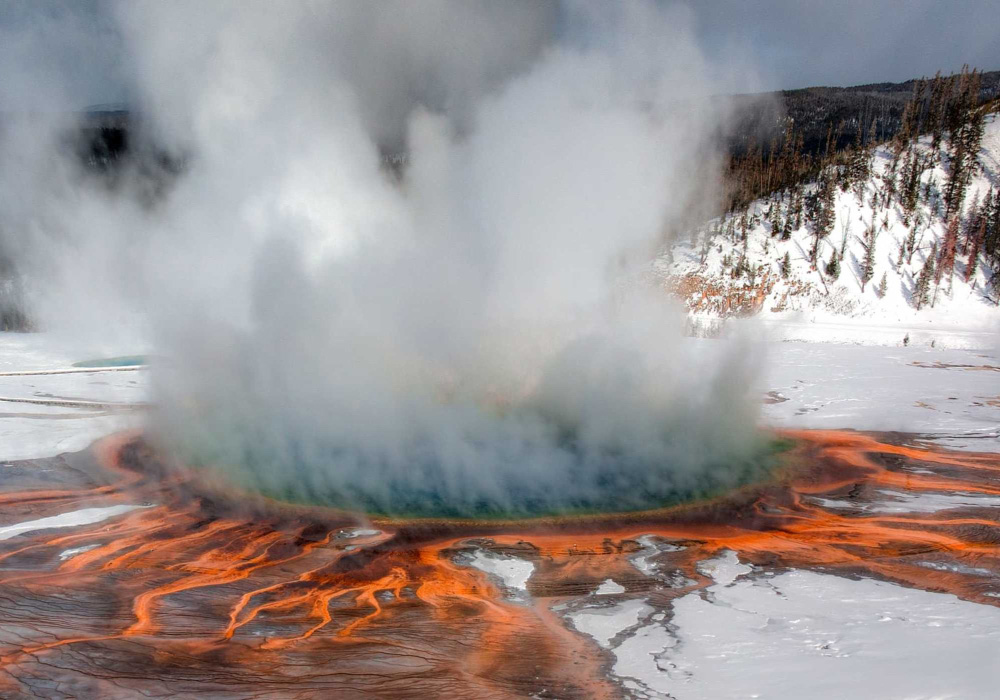
-
Yellowstone (USA):
- Grand Prismatic Spring: A rainbow-hued pool larger than a football field.
- Old Faithful: The punctual geyser erupts every 90 minutes.
- Mammoth Hot Springs: Terraces of travertine that glow at sunset.
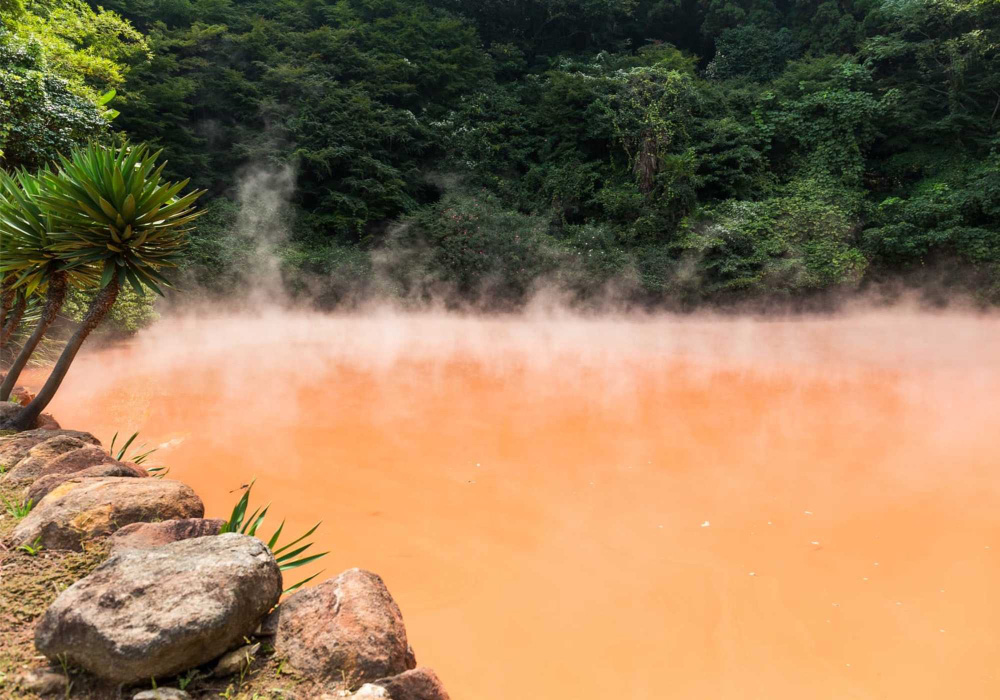
-
Beppu, Japan:
- The "Eight Hells of Beppu": Blood-red ponds (Chinoike Jigoku) and bubbling gray mud (Umi Jigoku).
- Try onsen tamago—eggs boiled in geothermal steam.

-
Kamchatka, Russia:
- Valley of Geysers: A helicopter-accessible wilderness with 200+ geysers.
- Mutnovsky Volcano: Hike to acid-green crater lakes and roaring fumaroles.
Adventure alert: In Taiwan’s Beitou, soak in public hot springs just 30 minutes from Taipei’s skyscrapers.
Beyond the classics: Hidden geothermal gems
- Dallol, Ethiopia: Acidic hot springs in neon yellow and green, resembling an alien planet.
- El Tatio, Chile: At 14,000 feet, this high-altitude geyser field erupts most violently at dawn.
- Azores, Portugal: Furnas Valley’s hot springs double as natural cookpots for cozido das Furnas (meals buried underground).
Geothermal tourism: Beyond the ordinary
Modern geothermal sites now offer immersive experiences that engage all senses. Adventure lovers can snorkel between tectonic plates in Iceland’s Silfra Fissure or hike active volcanoes in Nicaragua. For relaxation, soak in Hungary’s Széchenyi Baths or Costa Rica’s jungle hot springs. Interactive centers like Iceland’s Lava Centre make learning about plate tectonics fascinating through hands-on exhibits. These destinations blend thrill, wellness and education in unforgettable ways.
Key experiences:
- Adventure: Hike volcanic craters or snorkel between tectonic plates (Silfra Fissure, Iceland).
- Wellness: Soak in Hungary’s Széchenyi Baths or Costa Rica’s Tabacón Hot Springs.
- Education: Interactive centers like Iceland’s Lava Centre explain plate tectonics.
Sustainability note: Many sites, like the Blue Lagoon, use recycled wastewater to minimize environmental impact.
Challenges and innovations
Geothermal tourism’s growth comes with unique obstacles—and creative solutions.
Challenges:
- Environmental risks: Overuse can deplete springs or trigger micro-earthquakes.
- Accessibility: Remote locations (e.g., Ethiopia’s Danakil Depression) require careful planning.
Solutions in action:
- EGS technology: Enhanced systems tap heat from dry rocks, expanding viable locations.
- Eco-certifications: Sites like Hell’s Gate (New Zealand) prioritize conservation.
The future of geothermal travel
As sustainable tourism gains momentum, geothermal destinations are pioneering groundbreaking approaches:
- Iceland’s deep drilling project: Harnessing magma-level heat for energy.
- Community-led tours: Māori guides in Rotorua share ancestral knowledge.
- Carbon-neutral resorts: Geothermal-powered lodges in Kenya’s Hell’s Gate National Park.
These innovations ensure geothermal wonders remain both breathtaking and responsible for generations to come.
Conclusion
Geothermal wonders offer a remarkable glimpse into the Earth’s inner workings, showcasing the power and beauty of natural forces. From the steaming geysers of Iceland to the volcanic landscapes of Rotorua, these sites provide an unparalleled experience that combines stunning landscapes, educational value, and relaxation. Whether you are a nature enthusiast, an adventure seeker, or someone looking to unwind in a mineral-rich hot spring, geothermal sites are a must-visit for anyone seeking an extraordinary travel experience.
As global interest in geothermal energy and its sustainability grows, so does the appeal of geothermal tourism. These sites offer us the opportunity to appreciate nature’s beauty and provide a deeper understanding of the geothermal processes that shape our planet.
The Earth’s heat is calling—will you answer?

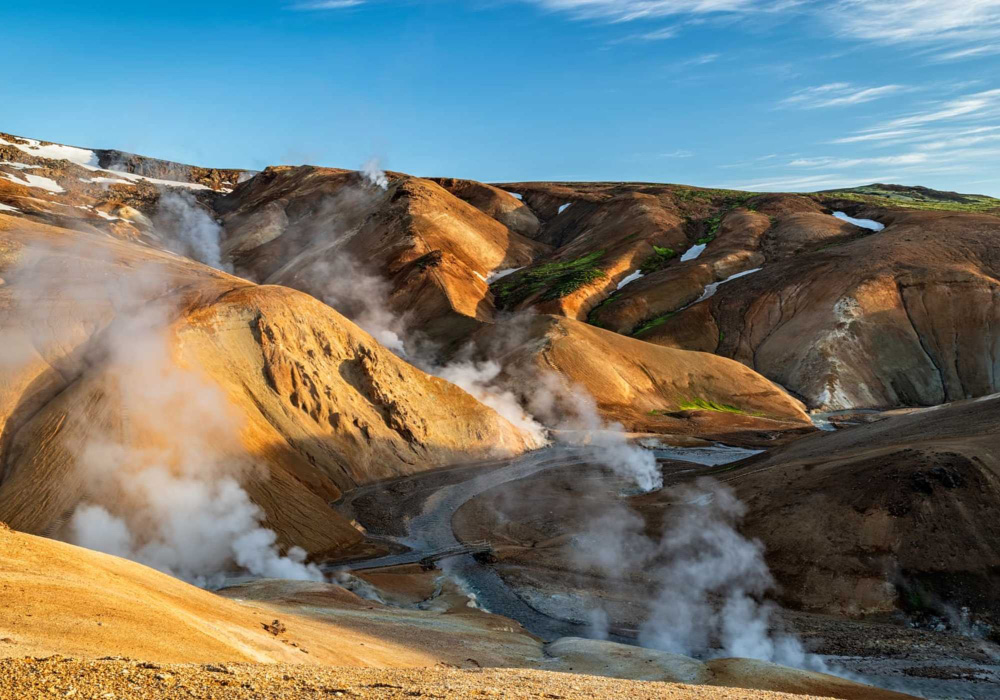


Comments powered by CComment